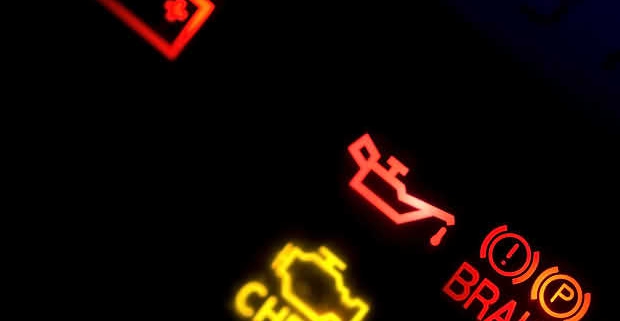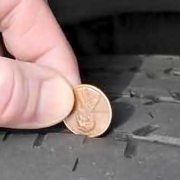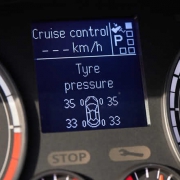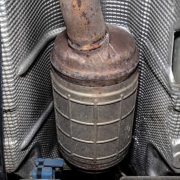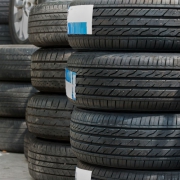Tyre Pressure Monitoring System problems
Table of Contents
Tyre Pressure Monitoring System
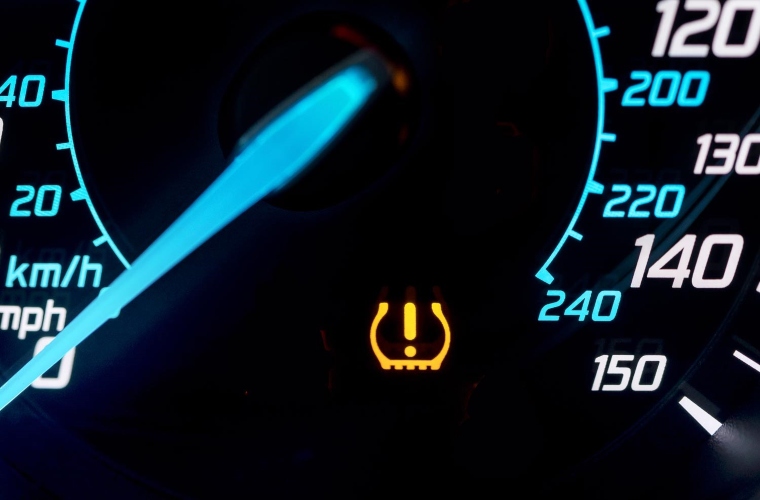
Tyre Pressure Monitoring System
Tyre pressure monitoring systems will be the “Norm” for all cars.
Learner drivers are often reminded to inspect their tyres before driving. We choose to disregard this advice as soon as we acquire our complete driving licence, even though it just takes a few seconds. The effects of this carelessness may be disastrous.
So, let’s talk about one of the coolest bits of technology in modern cars: the Tyre Pressure Monitoring System, or TPMS for short. If you’ve recently purchased a car, chances are it has one of these ingenious technologies installed. If you haven’t, you’re missing out on a real treat. So, what’s the big deal about TPMS, and why has it become as popular in the UK as a good cup of tea?
First and foremost, let us define what TPMS is and what it does.
To put it simply, it’s like having a tiny technician living within your wheel, always monitoring your tyre pressure. It’s a game changer, especially given the unpredictability of the weather in Halifax and the rest of the UK. It can be bright one day and raining the next, which can mess with your tyre pressure.
Now, why is maintaining proper tyre pressure so critical?
To begin with, it’s all about safety. Properly inflated tyres provide superior road grip, which is especially important on those wet and twisty Yorkshire roads. Plus, it improves fuel efficiency – who wants to spend more money on petrol than necessary?
But it’s here that TPMS really shines. Tyre Pressure Monitoring System
Checking your tyre pressure used to entail faffing around with a tyre gauge and getting your hands filthy at the petrol station. Your car now does all of the hard work for you. It will warn you if your tyres are getting flat so you can fix it before it becomes a problem. It’s like having a helpful friend who is always on your side.
Let us now discuss the success of TPMS. Since underinflated tyres became a regulatory requirement for all new automobiles in the EU in 2014, there has been a significant decrease in accidents caused by them. That’s fantastic news not just for drivers, but for everyone on the road. It’s also good for the environment because proper tyre pressure means less fuel usage and pollutants.
Consider the different landscape we have here in the UK in terms of local influence.
TPMS ensures that your tyres are always in good condition, no matter where you’re driving, from the urban streets of Leeds to the rural roads of the Yorkshire Dales. It’s like having additional Yorkshire grit in your car, ready to take on anything the road throws at you.
To summarise, the Tyre Pressure Monitoring System is more than just a gadget; it is an essential aspect of modern driving, keeping us safe, saving us money, and helping the environment. So, the next time you’re driving around, take a moment to enjoy the little TPMS light on your dashboard. It’s a little but powerful indication of how far car safety has progressed, as well as a monument to the automotive industry’s innovation. Drive carefully and keep your tyres inflated! 🚗💨
Wheels are among the most brittle components. Tyre Pressure Monitoring System
of a car because of their continual contact with the road’s surface. Potholes, sharp objects, poor alignment, or unintentional curb contact are all potential causes of damage and underinflation. As a result, tyre life is shortened, and performance—particularly braking distance—is significantly impacted. Low pressure can cause blowouts, which frequently result in dangerous auto accidents and impair the driver’s overall control.
In order to improve road user safety, TPMS became required for new cars in the EU in 2014. New TPMS regulations were adopted in the UK a year later. Under this law, a malfunctioning or inoperative TPMS sensor automatically fails a MOT, regardless of the state of the vehicle.
Many car models now have electric tyre pressure monitoring systems. They warn the driver when a tyre is deflating or flat. Thus, through a warning light on the car’s dashboard Check this link for further information
http://www.safercar.gov/Vehicle+Shoppers/Tires/Tires+Rating/TPMS– Tyre Pressure Monitoring System
These devices are excellent and will save you money in the long run. The system ensures that the tyres are properly inflated for the driver. Thus, you will find that they will wear much better. Therefore, many cars on our roads are driving with tyres that are very much under pressure, which causes them to wear badly and the car not to handle correctly in cornering and braking.
A partially inflated tyre is also more prone to picking up a nail or other object and causing a puncture or even a blowout. Yours, on the other hand, may be overinflated, causing the vehicle to roll around while driving and causing premature tyre wear. picked up with a wireless
Tyre Pressure Monitoring System fitted to your car.
Correctly inflated tyres Hence, it will also save you money on your fuel bill. Thus, it is called “rolling resistance.” Because when your wheels are correct,. Then you can save as much as 25% on your fuel bills. So any gadget, such as a Tyre Pressure monitor, is well worth it.
So, since this article was first written, TPMS systems have become the norm. Importantly, most car models are now fitted with TPMS systems.
- Nissan Qashqai Starter Replacement
- Millions of car workers
- All-Season tyres versus winter tyres
- Top Class Car for MOT Test
- BMW Mini Wheel bearing-Or just tyre noise?
Monitoring systems can save your life
To sum this up. The system also ensures that you get better mileage out of your tyres and the vehicle uses less fuel and is, therefore, more economical to run.
http://ezinearticles.com/?Tyresure-Tyre-Pressure-Monitoring-Systems-For-Cars,-Trucks-and-Buses&id=2498053

